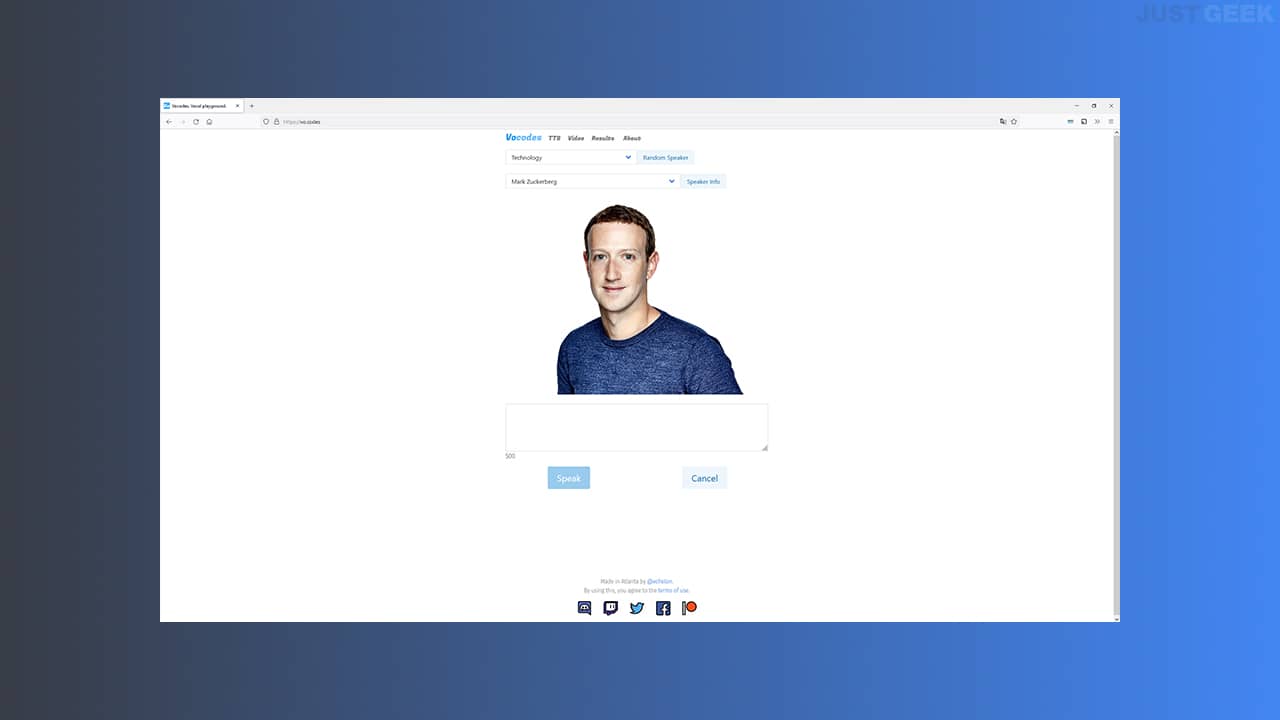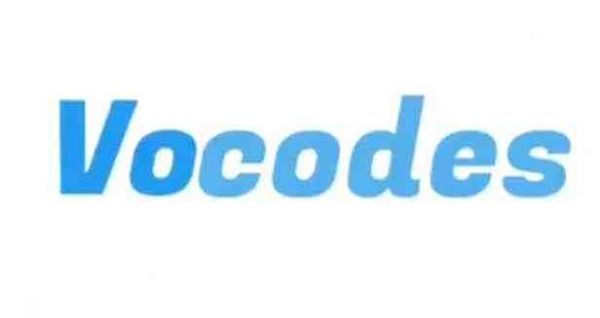Vocodes
|
www lgti ac tz
|
traktor ne shitje dhe cmimi
|
κλειροσεισ κινο
|
τυπος του ηρωνα
|
eni vasili sa vjec
|
|
cfare eshte kadaifi
|
德记ipoh
|
μπομπ σφουγγαρακης παιχνίδια
|
majina waliopata mkopo
|
χαρτησ βροχησ χιονιου απο του καιρου
|
The world of technology is constantly evolving, and with it comes a plethora of new and innovative concepts. One such concept that has been making waves in recent years is vocodes. This term, short for "voice codes," refers to a type of technology that has revolutionized the way we communicate and interact with machines.. But what exactly are vocodes? In simple terms, vocodes are algorithms that are designed to encode and decode human speech. They are essentially a set of rules that govern the way our voices are transformed into digital signals, and vice versa.. The concept of vocodes has been around for decades, with the first vocoder being invented in the 1920s by Bell Labs. However, it wasnt until the 1970s that vocoders started gaining popularity, thanks to advancements in digital signal processing technology

This led to the creation of the first commercially available vocoder, the Voice Encoder/Decoder (VED), which was used by the US military for secure communication.. Since then, vocoders have come a long way, and today they are used in a wide range of applications, from speech synthesis and voice recognition to music production and telecommunications
In fact, chances are youve encountered vocodes in your daily life without even realizing it. For example, whenever you use voice commands on your smartphone or ask a virtual assistant like Siri or Alexa a question, you are interacting with a vocoder.. So, how do vocodes work? At its core, a vocoder consists of two main components: an encoder and a decoder. The encoder takes in an analog signal (our voice) and analyzes it, breaking it down into several frequency bands. It then maps these frequency bands onto a set of numbers, known as coefficients. These coefficients are then transmitted as digital data to the decoder, which reconstructs the original signal using the same coefficients.. This process may seem simple, but it involves a complex mathematical algorithm that is designed to capture the nuances of human speech. This includes factors such as pitch, tone, and timbre, which give each of our voices a unique quality. By analyzing and encoding these characteristics, vocodes are able to create a digital representation of our voice that is both accurate and efficient.
One of the key benefits of vocodes is their ability to compress and decompress voice data, making it easier to transmit over digital networks. This has made vocoders an integral part of modern communication systems, allowing us to make phone calls, video calls, and even send voice messages over the internet.. However, the applications of vocodes go beyond just communication. They have also been used in the field of music production, where they are used to create unique vocal effects and synthesizers. In fact, many popular songs from the 80s and 90s, such as "Computer Love" by Kraftwerk and "Intergalactic" by the Beastie Boys, feature vocoders.. Furthermore, vocodes are also being used in the field of robotics, where.



